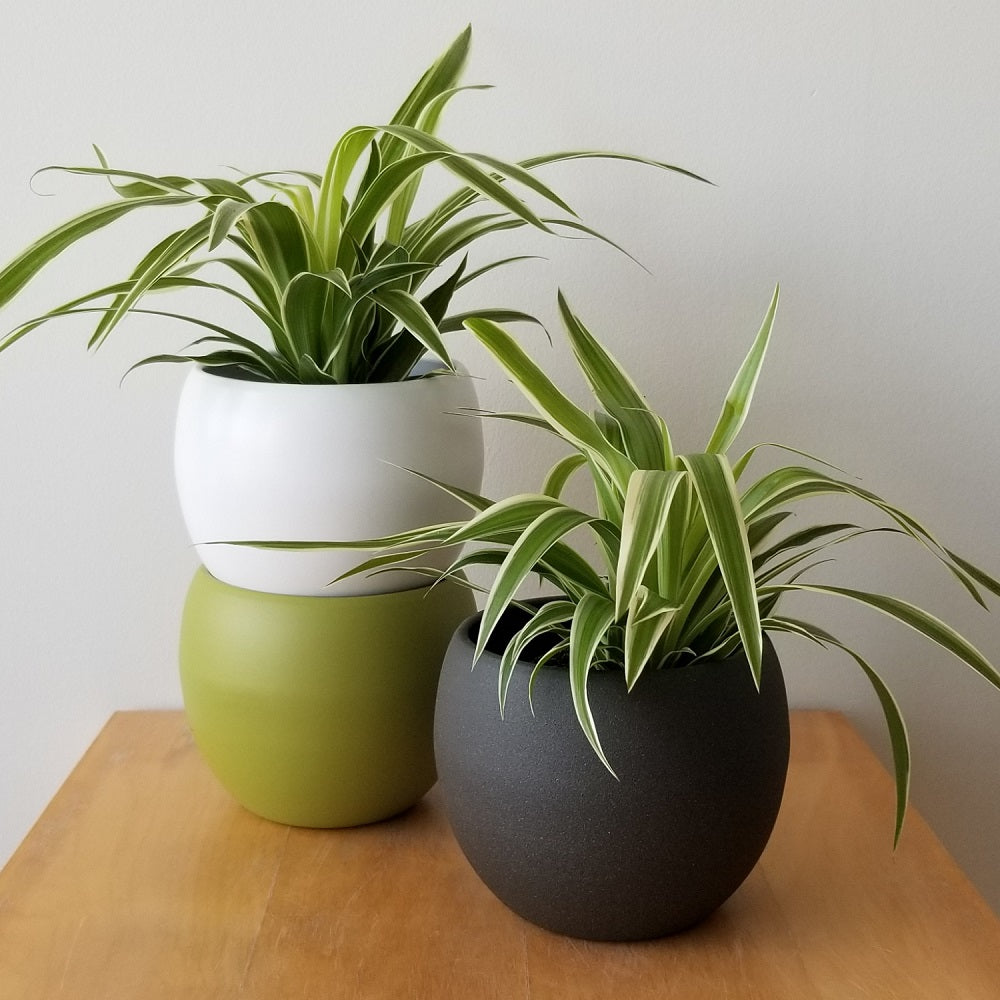
Silver lace ferns are an attractive option for brightening up your indoor or outdoor space. Caring for these beautiful plants doesn't have to be complicated - with the right tips and tricks, your silver lace ferns will stay healthy and vibrant.
Properly Selecting, Placing and Potting Your Silver Lace Fern.
When selecting and placing your silver lace ferns, make sure you pick a spot that gets indirect light. The best potting soil for these types of ferns is one that is slightly acidic and well draining. Choose pots with drainage holes at the bottom to ensure the roots don’t rot from overwatering, which can easily happen due to frequent sunlight.
Make Sure it has Adequate Water and Light.
Water is essential for your silver lace ferns to remain healthy and lush. Check the soil about two times a week and give water when the top two or three inches of soil are dry. But be careful not to over-water because this will damage the roots! Direct sunlight should be avoided, as your ferns need some shade as well. Instead, place them where they will receive indirect light and remember to turn them regularly so all sides get enough light.
Monitor Temperatures and Humidity Levels to Keep Your Plant Healthy.
Silver lace ferns like temperatures and humidity levels between 16-23 degrees Celsius and 75-80%, respectively. If the humidity is too low, you can mist the leaves to help keep moisture in the air. Consider investing in a humidifier if you find yourself constantly misting your plant and struggling to achieve proper humidity levels. Additionally, make sure your plant isn't over exposed to heat sources such as radiators and avoid cold drafts that may chill your plant.
Fertilizing and Pruning Basics for Silver Lace Ferns.
Silver Lace Ferns require infrequent fertilization, once every 3-4 weeks during the growing season. Use a diluted liquid fertilizer and apply it to the soil during mid-spring and early summer. Additionally, lightly prune any brown or damaged leaves. This will have the added benefit of encouraging more foliage growth and helping maintain the desired shape of your fern. Be sure to sterilize your pruning shears before use on each new plant to avoid transferring diseases between plants.
Watch Out For Common Pests and Diseases.
While silver lace ferns are generally hardy, there can be some instances of their susceptibility to common garden pests. To keep your fern looking its best, inspect the foliage regularly for signs of insects like spider mites, aphids and mealy bugs. Also watch out for fungal diseases like powdery mildew which can cause leaf discoloration and spots. Treatment is usually easy with appropriate pesticides or fungicides. Be sure to read the label carefully before use and follow all directions.

